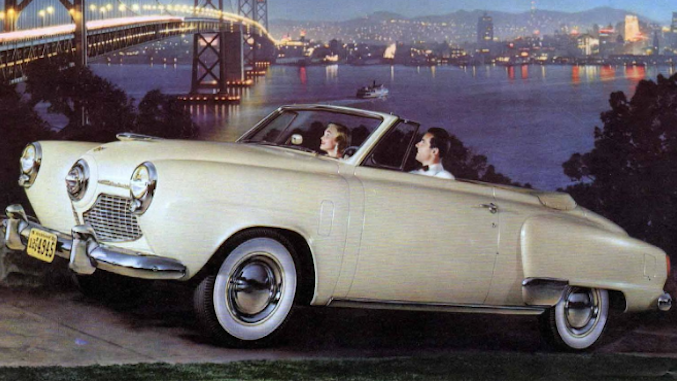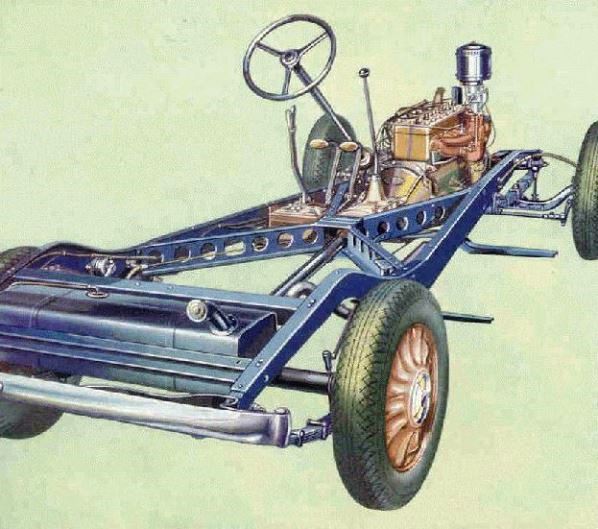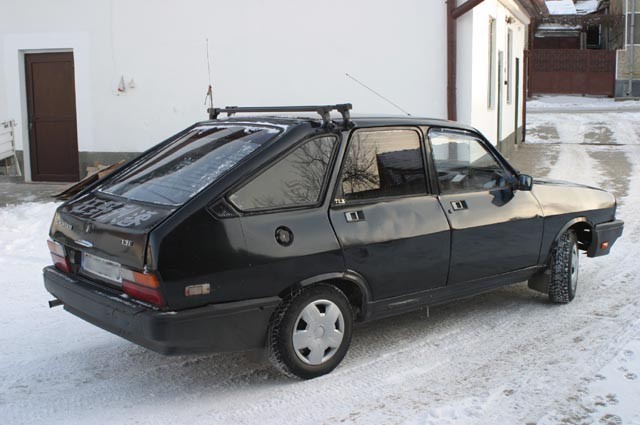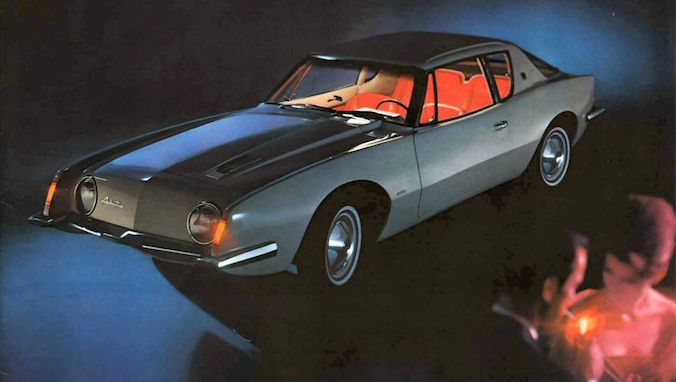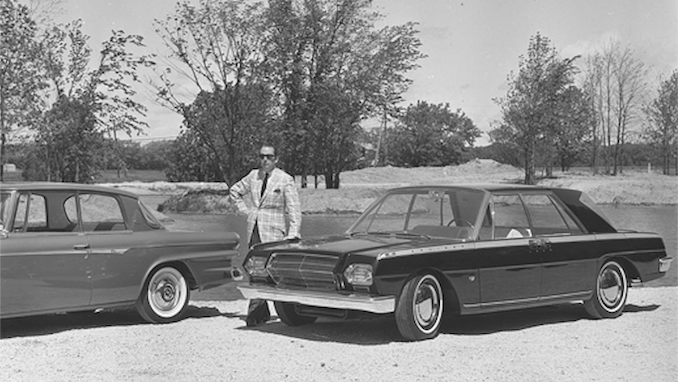The following article posits Willys could have better fought the imports than what U.S. automakers ended up producing IOTL and helped change the US auto industry’s dismissive attitude about entry-level compacts had the automaker continued to build passenger cars in the early-post-war years more along the lines of a direct replacement for the Willys 77 / Americar instead belatedly with the Willys Aero. - https://www.indieauto.org/2021/01/22/1933-42-willys-offered-a-better-template-for-an-import-beater/
Willys also developed the 213.3 CID (3495cc) inline-6 Model 99 prototype that never reached production, which was to be sold alongside the Willys 77. - https://www.macsmotorcitygarage.com/a-willys-that-never-was-the-1933-model-99/
Based on the limited information available it would appear both the 77 and 99 engines were a development of the Whippet, which in turn evolved into the Go Devil and Hurricane 4/6-cylinder engines. However Mitsubishi demonstrated there was scope for further improvement of the 4/6-cylinder engines after they converted it to OHVs and diesel for their licensed-built version of the Jeep as well as a number of light to medium-weight trucks and buses.
While Willys would have inevitably been swallowed up by another carmaker as was the case IOTL, this ATL Willys might have had a bigger impact and helped speed up Detroit’s transformation if it returned to passenger-cars once the war ended. The tiny automaker might have gained at least some competitive advantage — and thus more staying power — for being the first to offer a post-war compact. And if Willys stuck with a smaller compact that offered a four-cylinder engine and a full range of body styles and models, that could have begun to legitimize the genre in the 1950s rather than two decades later.
Willys also developed the 213.3 CID (3495cc) inline-6 Model 99 prototype that never reached production, which was to be sold alongside the Willys 77. - https://www.macsmotorcitygarage.com/a-willys-that-never-was-the-1933-model-99/
Based on the limited information available it would appear both the 77 and 99 engines were a development of the Whippet, which in turn evolved into the Go Devil and Hurricane 4/6-cylinder engines. However Mitsubishi demonstrated there was scope for further improvement of the 4/6-cylinder engines after they converted it to OHVs and diesel for their licensed-built version of the Jeep as well as a number of light to medium-weight trucks and buses.
While Willys would have inevitably been swallowed up by another carmaker as was the case IOTL, this ATL Willys might have had a bigger impact and helped speed up Detroit’s transformation if it returned to passenger-cars once the war ended. The tiny automaker might have gained at least some competitive advantage — and thus more staying power — for being the first to offer a post-war compact. And if Willys stuck with a smaller compact that offered a four-cylinder engine and a full range of body styles and models, that could have begun to legitimize the genre in the 1950s rather than two decades later.
